I played my first performance with Moog Muse sounds and various other hard and software synths; here is a live rig showcase.
I write about synthesizers almost every day, and I also make reviews and videos. However, it is less common for me to perform on stage actively. That may be because I don’t release any music myself. I don’t have the time for that, and for that, I would need a 48-hour day.
Last weekend was a new round of the Signal Zirkus where I had the chance to make one of my rare performances. It’s an event series here in Vienna that I regularly organize with friends from the synth community.
Moog Muse Performance
The event was held last week at Vienna’s Danube Island in a local beach bar. I couldn’t do a very elaborate set as the decision to participate was made very spontaneously, so two days before. That wasn’t the aim of the event either. It was more about cozy jamming than a big-set party.
Not to forget, almost all 12 slots were already taken, but no one wanted to do the opening, so I stepped in at the last minute. So it was more of an improvisation than a full composition, even if some people saw it differently, hehe.
I’m currently testing the Moog Muse extensively in the studio and preparing a series of in-depth videos about it for the near future. Of course, I’m also writing a review. I thought this would be an ideal opportunity to incorporate the sound of this new polyphonic analog synth into my Signal Zirkus set.
I was faced with the decision of whether to take the Moog Muse with me or not. The latter was the right decision because it was difficult to transport (renting a car…) and the stage was in the sand. Yeah, sand in such a high-end synth is not exactly what you want unless you want to build a sandstorm sound for the Dune 3 soundtrack.
Drone Muse
To bring the sound of the Muse onto the stage without having it physically there, my only option was to create loops I would fire off. My “The Inner Turbulence Suite,” as I called it, consisted of three parts.
Using the Arturia 16Rig, I created four different Muse Loops, each belonging to a specific part of the performance. My “The Inner Turbulence Suite,” as I called it, consisted of three parts.
I built three new patches on the Muse, each with two layers. Since my music is more experimental and ambient, my mission was to explore the Muse in a world different from the usual classic vintage-inspired analog poly sounds.
I started with a simple 2-oscillator drone placed on the keyboard’s left side. It already had a lot of presence in the stereo field. I had detuned them so that both oscillators generated a slight movement to give them a life.
In the Moog Muse performance itself, I mixed in the ring modulator to achieve a bit of spice. This works great in a performance with the mixer. I also brought in the mod oscillator in heavy manual pitch changes in the mix but under the volume of the two main OSCs to generate a complex analog soundscape. The whole thing was refined with a dual filter and the diffusion delay.
Let’s move to the right side, where I programmed a bright, elegant lead sound to raise hope in the dark drone. I recorded this separately as a 3-second loop. On top, I crafted a noisescape that immediately made a whispering noise, but it wasn’t really noticeable in the drone’s final mix.
The Sequencing Muse
In the middle, it became rhythmic/melodic. Here, I used the Muse sequencer and created a dead simple 16-step sequence that was constantly shaped in the performance, either by the two filters, the ring modulator, or again with the “loose” mod oscillator that brought in the wildness.
I also added a little noise using parameter automation to make the whole thing more exciting. This ran for more than 10 minutes, and during it, other sounds also emerged. These were played on the second layer during the performance while the sequencer ran. Yes, Moog Muse is bi-timbral.
Unlike the main sequence, the first sound was a 3-note arpeggiator, which used the highpass and lowpass combo to achieve a slightly thinner sound.
Mixing the arpeggiator into the sequencer sound was a bit tricky, as the Muse doesn’t have a layer mixer where you dial in the perfect amount—a feature I’m missing for bi-timbral performances.
In addition, to make the whole thing a little more varied, I used the creative function to switch off individual steps of the arpeggiator to get other patterns on the fly. To switch from the arpeggiator to the second sound, I had to turn off the arp and tweak the sound a bit.
This was a slightly more melo, dreamy lead sound, where I also increased the portion of the diffusion delay and integrated pitch modulation.
For the third part and closure, I returned to the drones—not on layer 1 but on layer 2, where the Melo lead became a drone-lead combo. Again, this was crafted with a mixture of the highpass and lowpass filters.
I partly improvised live on these loops and partly played already fixed sound elements with other synths.
Other Synth Friends And The Key Role Of The iPad
The center of the entire performance was my beloved iPad Pro and the mixing/host app AUM (AppStore), connected to an Arturia Minifuse 4 audio interface. I used it for live mixing, instrument hosting, and live processing.
On one channel, I had Loopy Pro (AppStore) as an audio unit, which gave me access to and full control over the Muse loops. This worked smoothly.
In addition to the hefty sound of the Moog Muse, I added various hardware and software that went straight to the AUM mixing app. On the hardware side, I infused the small, fun Bastle Instruments Kastle ARP processed by the unusual Valvet Machine reverb (AppStore). It produced a little melody at the beginning of the performance.
I also used the OP-1 Field to play various speech samples chromatically. Processing happened right in the OP while mixing happened on the iPad. You can especially hear the live tweaking of the CWO effect, a frequency shifter with a delay.
The iPad’s various software applications and audio units contributed even the most significant part to this performance. In addition to the active Loop Pro app, I performed with the fabulous Fieldscaper app (AppStore) from Igor Vasiliev. This is a 3-channel field recorder with built-in real-time experimental effects.
Over the last few weeks, I have occasionally made field recordings using the new Zoom H4 essential. I imported sounds from swimming pools, escalators, etc., which have been imported into Fielscaper. This mix has created a very lively, fully controllable soundscape.
View this post on Instagram
I also had the Monoke (AppStore) drone synth by Bram Bos in my setup but only used it very sporadically because it didn’t stand out in the mix. The SampleWiz 2 app by BLEASS and Jordan Rudess stood out more. I also processed another set of pool recordings with granular synthesis.
Animoog Z, An AnMUSEd Partner
The star of the apps was the Moog Animoog Z Synthesizer (AppStore), which squeezed perfectly into the gaps of the Muse sound with its nasal-like sound. It was a perfect match. I enhanced the sound with one of my favorite ambient reverb apps, the Phonolyth Cascade.
The mixing was done entirely in the AUM app, and it worked perfectly. A little handy bonus: my whole setup was battery-operated, so there was no big power supply battle before and after the performance.
Overall, I was pleased with the setup. In retrospect, lugging the Moog Muse onto the stage would have been too much. The loops did the job, too. Here is also the complete Moog Muse performance captured in video with scenes from the studio and the iPad.
Moog Muse Performance
Since music performances are clicked less on YouTube, I am happy about every click, like, and comment that the video gets to boost the algorithm.
I’m currently working on a detailed review of the Moog Muse. This should be ready in September. So stay tuned for more Moog aMUSEment.
Moog Muse is out now available for $3499/3499€ worldwide.
More information here: Moog Music
Available at my partner

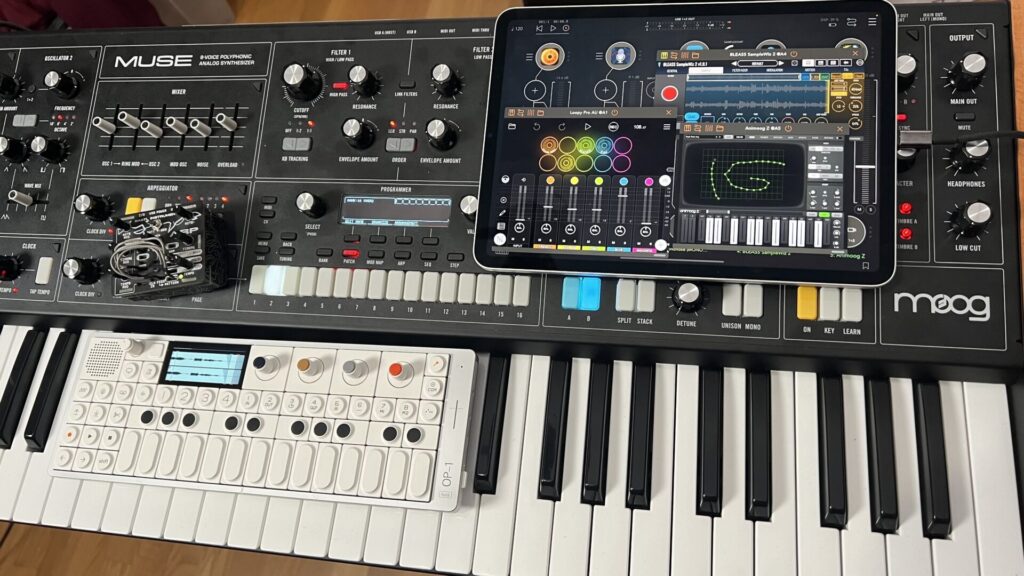
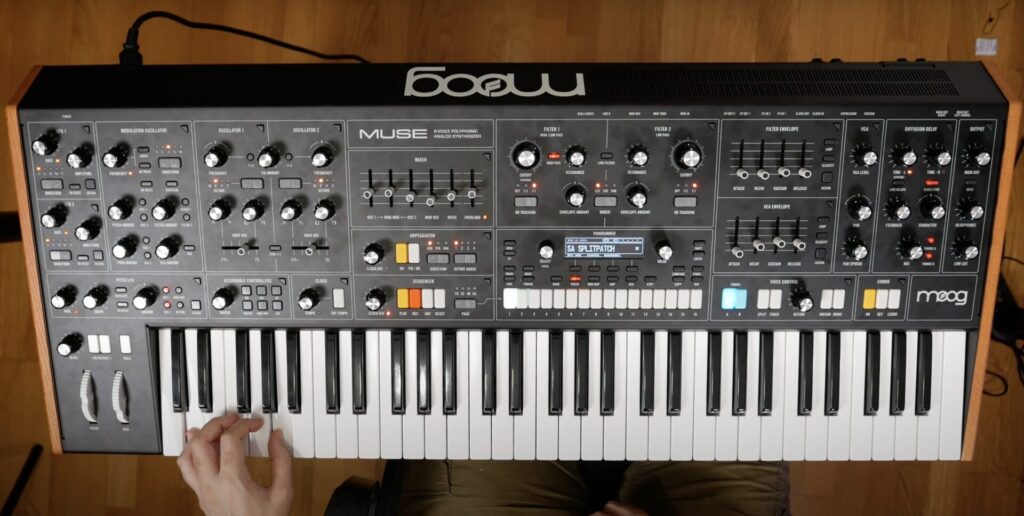
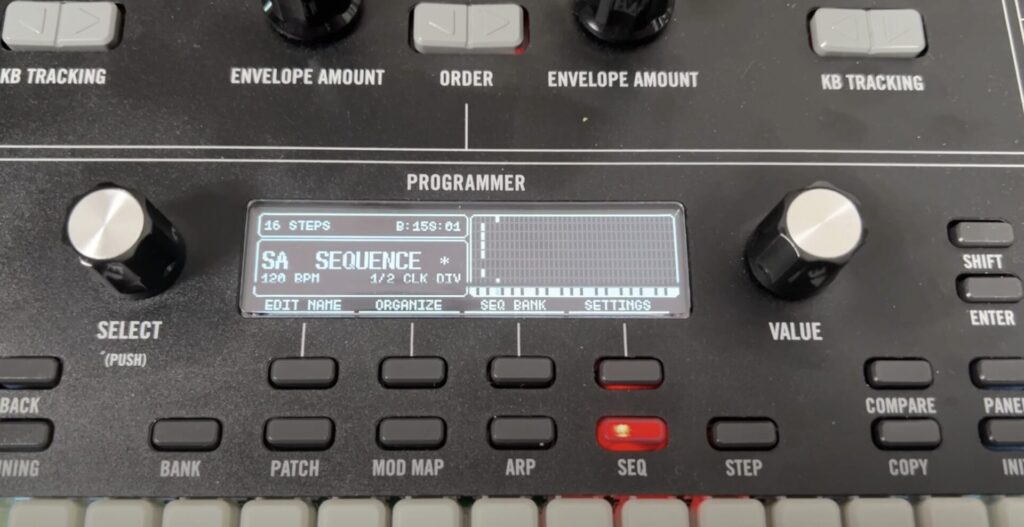
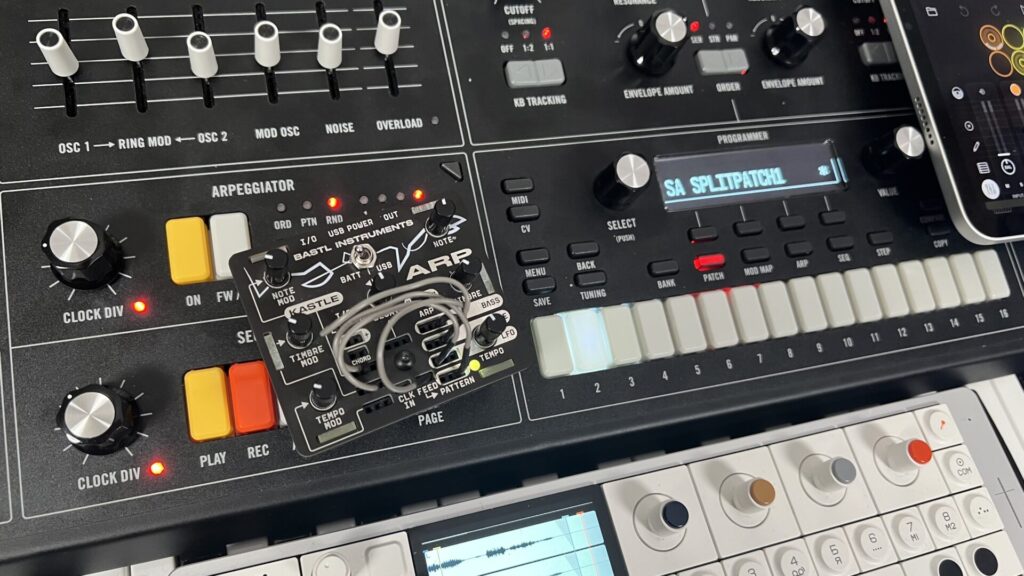
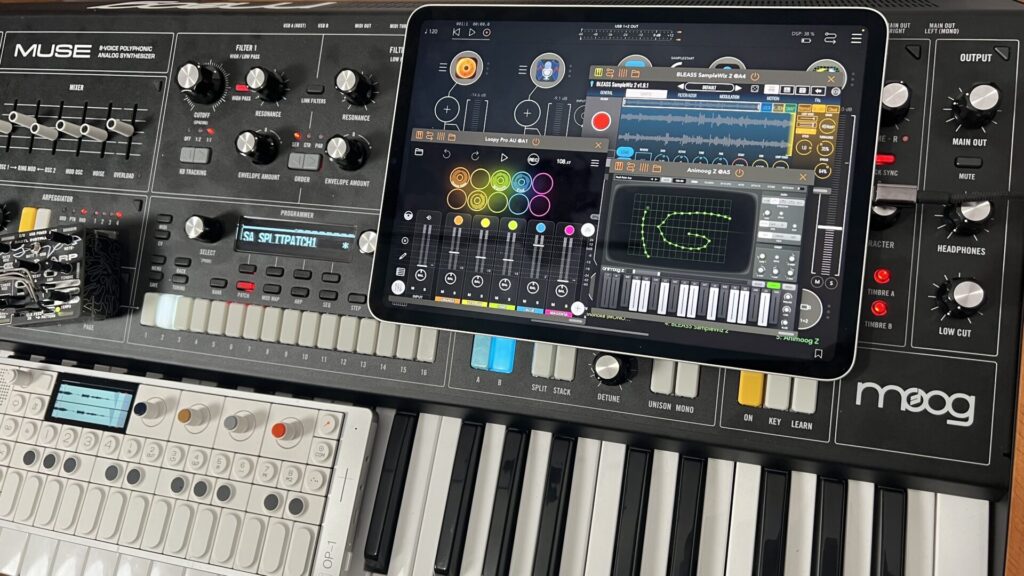
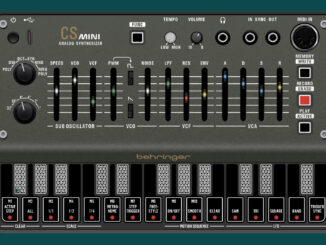
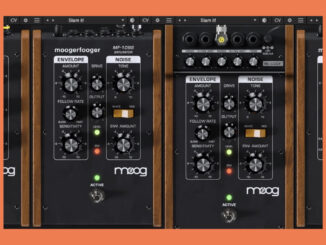
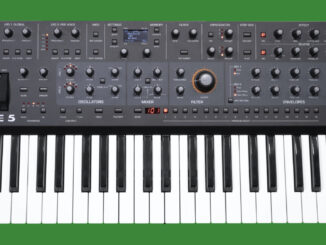
Gut gemacht! Ich bin sicher, es war ein bisschen stressig.